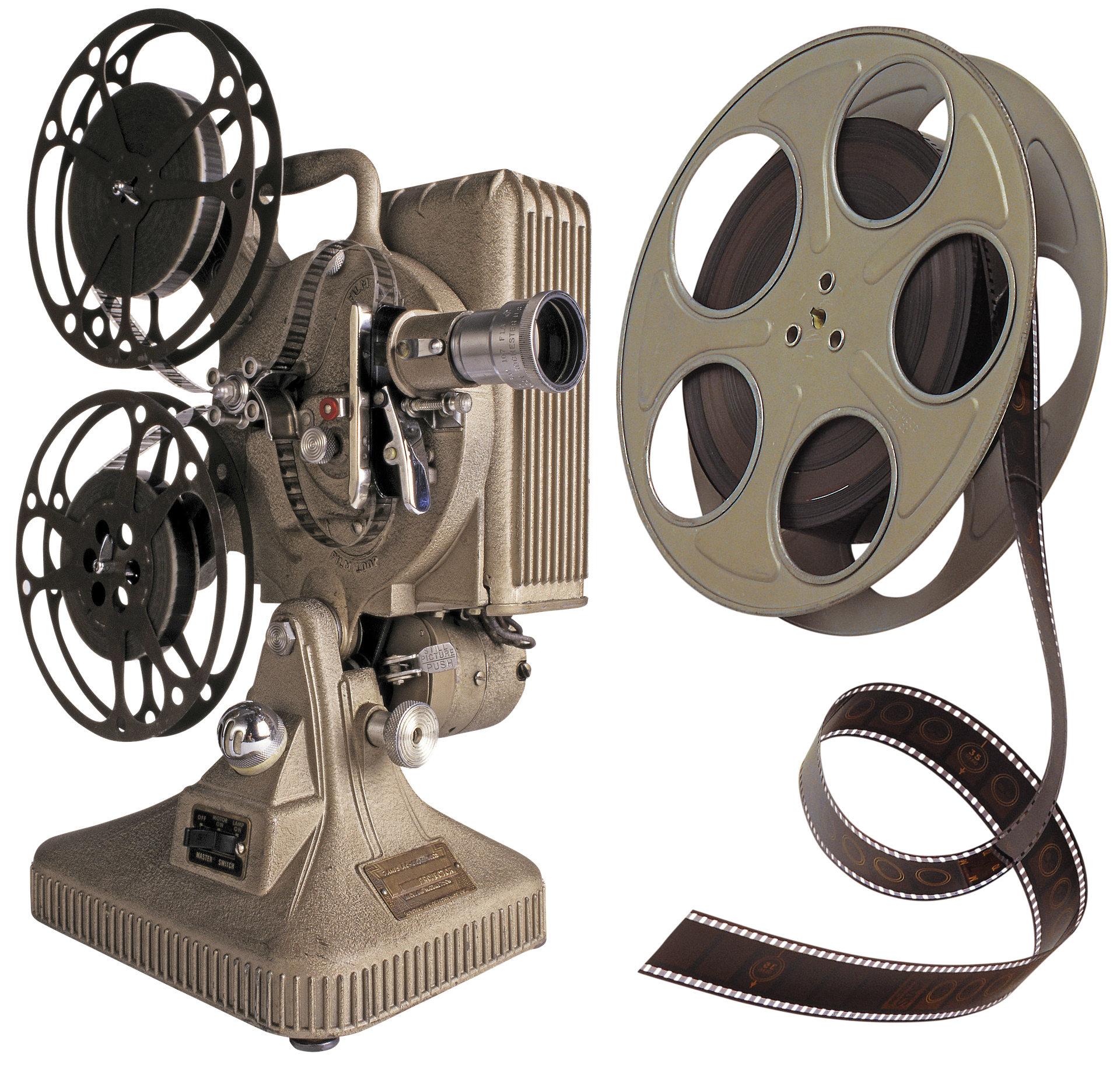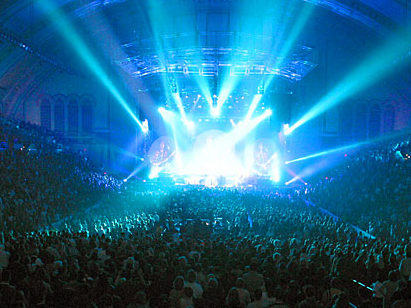A Guide To Choosing The Best Projectors

If you are searching or looking to purchase a brand new projector for the class, conference room or as a home entertainment system, the picture you project to the display must create a fantastic impression for your viewers. Looking into projectors could be very confusing, with all the acronyms as well as technical phrases and terminologies that you may not be familiar with. In this article, we will guide you on how you can purchase the perfect projector for your specified use. Also included are some of the best features your projector must have, and other important factors. This article also serves as the best projector review that you can read for clarification. Without further ado, let’s start:

- Image resolution
Image resolution is the amount of dots, also known as pixels employed to present a picture. Increased resolutions imply that a great deal of pixels are utilized to produce the image, creating a clearer, better picture quality. High quality is essential for projecting comprehensive graphs and charts, text messages, and HD video clips. The image resolution is pointed out using a number pairing like 1920 x 1200, 1280 x 800, and more.
- Be aware of the contrast proportion
Contrast proportion is the distinction concerning lighting and darkness within a screen, indicated by a ratio. To compute this, you must get the brightest white colored pixel on a screen in addition to the darkest black, then do a comparison of the luminosity. As an example, a contrast ratio that has values of 1000:1 signifies that the brightest white color that the screen can render is 1000 times whiter compared to the darkest black.
- Liquid Crystal Display Projectors
Liquid Crystal Display projectors are also known as LCD projectors. They function by breaking lighting into 3 wavelengths then passing them via an LCD screen towards a prism in which the wavelengths become remixed and then projected to a screen. LCD projectors usually generate a vibrant picture, with great color vividness and almost zero noise ranges. However, LCD projectors need a particular level of upkeep because their filters require cleansing on a regular basis.

- Digital Light Processing Projectors
Digital Light Processing Projectors (DLP) use small glasses to project the image onto a screen, and they do not need any kind of filter system. They are able to create a distinct picture with powerful lighting that can be utilized in bigger locations and better lit areas. The only disadvantage with DLP projectors is the life expectancy of the light which is restricted to around 1,500 up to 2000 hours, even though more recent versions can last as long as 5,000 hours.
- Light Emitting Diode Projectors
LED projectors are in a rather distinct classification since it relates to the bulb kind instead of the screen technology. As a result, even though LED projectors are theoretically a group of their own, a few DLP projectors may also make use of LED light bulbs. Performance and efficiency is the main benefit that is provided with LED projectors. The light bulbs can last for approximately 20,000 hours, which is maybe even longer than the lifespan of the projectors that they are attached to. The LED projector is also more compact, more silent and more cost effective, however, they do not have the lighting strength of LCD and DLP projectors.


































